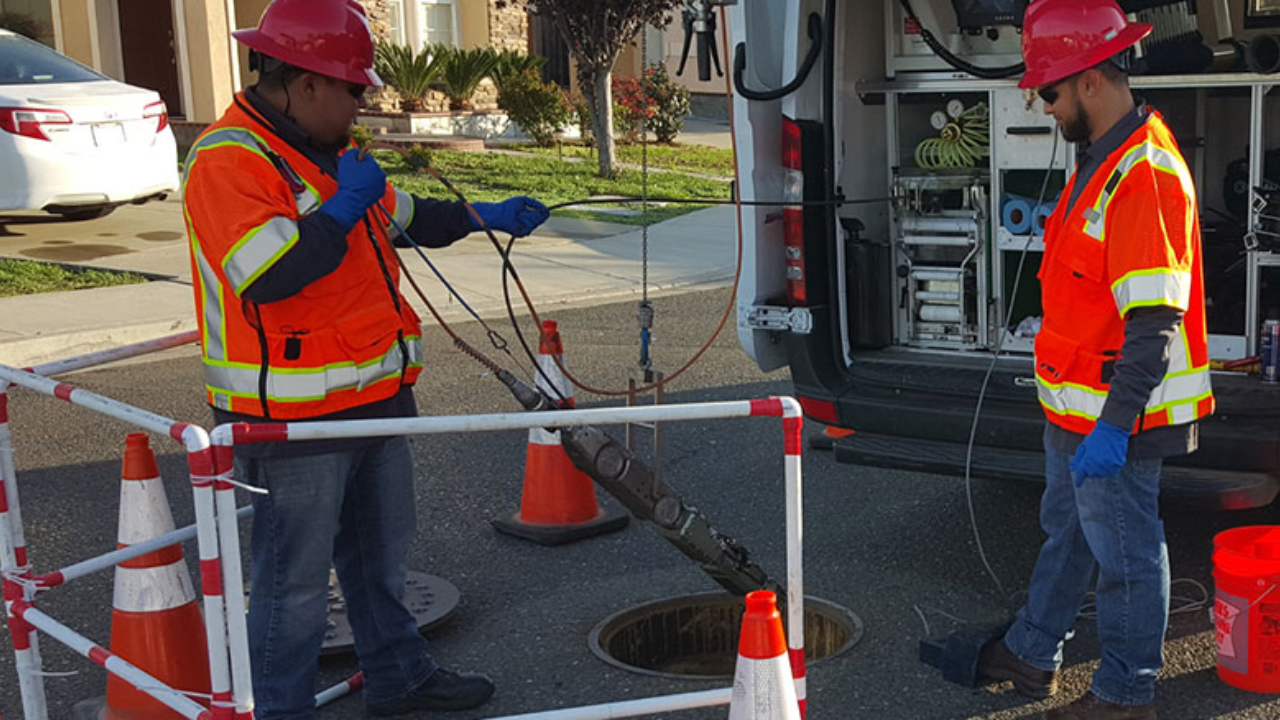
Key Takeaways
Ground Penetrating Radar (GPR) plays a crucial role in modern utility locating services. It provides a non-invasive method to detect underground utilities before excavation begins. This technology helps reduce the risk of accidental damage and ensures a safer, more efficient potholing process.
Potholing for utilities requires precision and reliability. GPR enhances this by offering accurate subsurface imaging, helping field crews identify utility lines without unnecessary digging. This prevents costly downtime and minimizes disruptions to ongoing construction projects.
Additionally, GPR helps in mapping the depth and orientation of underground infrastructure, which is crucial for determining the best excavation approach. It detects variations in soil composition and highlights potential hazards, allowing for better planning and risk assessment before any digging begins.
Excavation projects in dense urban areas or near critical infrastructure require extreme caution. GPR plays a vital role in these environments by detecting underground anomalies that may not be recorded in existing utility maps. It helps identify abandoned utility lines, voids, and geological variations that could impact excavation safety.
GPR is particularly useful in areas with historical infrastructure where underground utilities have been added over time without proper documentation. By providing real-time feedback, GPR ensures that excavation teams can adapt their approach as needed, preventing costly delays and legal complications associated with accidental damage.
GPR, combined with vacuum excavation, offers a smarter and safer way to locate underground utilities. This efficient process ensures that unknown utilities are identified before they become a hazard. By using specialized equipment, construction crews can mitigate the risk of damage and avoid costly downtime.
Additionally, GPR is effective in challenging soil conditions, including dry soil, rocky soil, and frozen ground. This adaptability makes it a reliable solution for various excavation projects, from small-scale utility locating to large-scale infrastructure upgrades.
Beyond excavation, GPR plays a crucial role in ongoing utility maintenance. Regular GPR scans allow utility agencies to monitor underground infrastructure for signs of deterioration, leaks, or shifting utility lines. This proactive approach prevents unexpected failures and extends the lifespan of essential public and private utility networks.
By integrating GPR into routine maintenance programs, utility owners can reduce service interruptions, improve response times to underground issues, and enhance overall infrastructure reliability. This preventive strategy is essential for managing large-scale infrastructure upgrade projects effectively.
Excavation and utility locating must comply with various environmental and safety regulations. GPR helps contractors and utility companies adhere to these regulations by offering a non-destructive method for identifying underground utilities. It eliminates the need for excessive digging, reducing soil disturbance and minimizing environmental impact.
Regulatory agencies often require accurate underground utility mapping before issuing excavation permits. GPR provides the necessary data to streamline compliance, helping contractors avoid legal complications and project delays. Additionally, it aids in ensuring that utility locating is performed according to best practices, enhancing overall safety and sustainability.
Don’t leave your excavation projects to chance. Bess Utility Solutions combines cutting-edge GPR technology with expert potholing techniques to deliver accurate utility locating services. Our commitment to excellence ensures the safety of workers, construction teams, and underground infrastructure.
Contact us today for a free quote at (408) 988-0101 and experience the benefits of precision-driven utility locating.